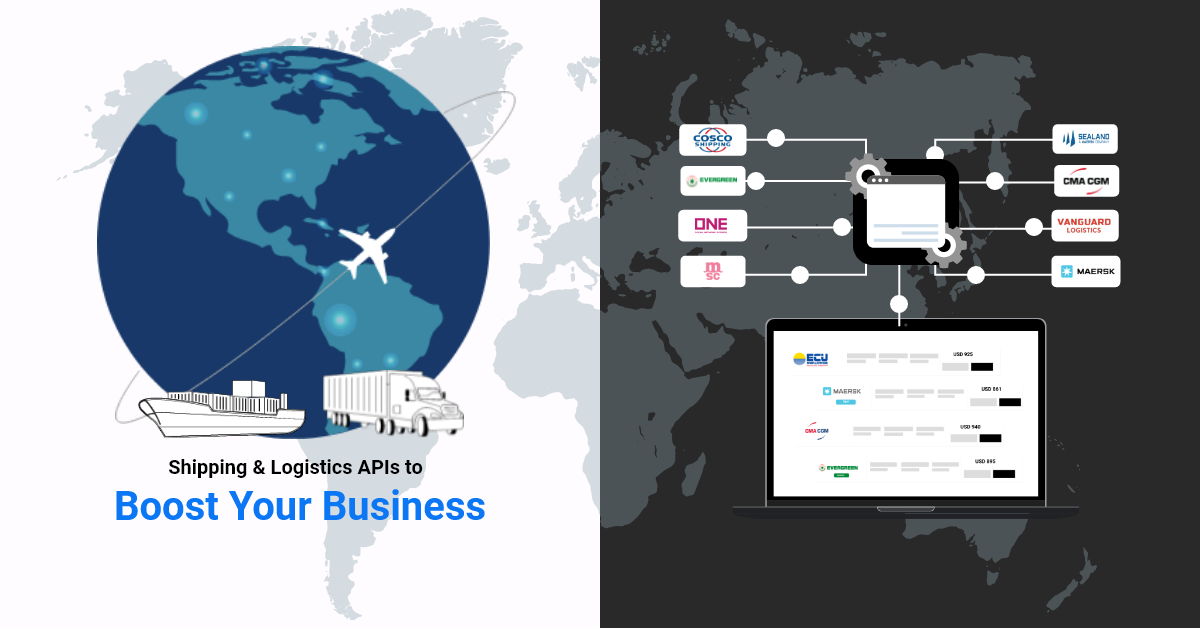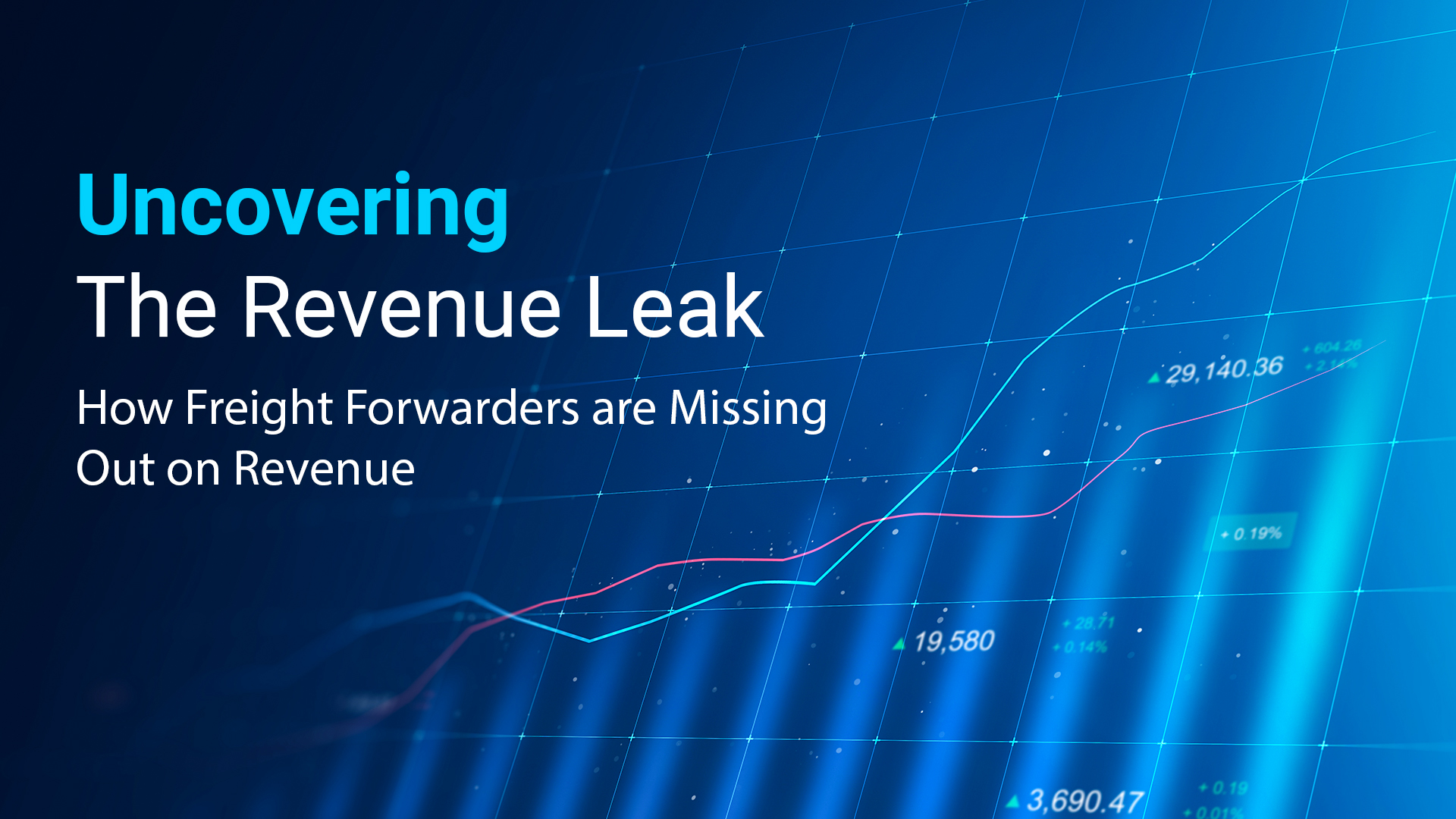Background
The logistics and transportation business is inherently complex, with the global scale, cumbersome documentary requirements, and government regulations all combining to create a humongous paper trail.
All this information also needs to be retrieved and shared amongst various stakeholders, sometimes even multiple times in a day.
Traditionally, such information sharing was done using manual methods, such as emails and phone calls, which required considerable time, delayed responses, and increased the probability of human errors while processing or transmitting data.
Over the years, freight forwarders have started using technology to automate tasks and processes and share information, with APIs quickly becoming the norm in the industry.
What is API?
API (Application Programming Interface) is a system where data can be stored, shared, and retrieved as per user requirements.
API is a relatively modern technology and is steadily taking precedence over the legacy EDI systems that most big corporations have hitherto relied upon.
API is cloud-based and facilitates data exchange in real time.
APIs can process data at a fast pace and are often used for individual-level transactions, such as a person using mobile banking or a logistics executive obtaining freight quotes.
What is API used for in logistics?
A layperson generally has some common questions on API, such as “What are shipping APIs used for?” or “What are Shipping APIs and how do they work?” or “What is API in transportation?”
To answer these questions, we must first understand the criticality of information in the shipping and logistics industry and the sheer extent of coordination and data sharing amongst the numerous stakeholders in the international shipping and logistics process.
The sharing of information and coordination amongst stakeholders takes many forms. The nature of the data to be shared and the frequency thereof can vary depending on the context and the requirement.
Where a freight forwarder’s customer might need quotes in a short span of time, their transport vendors will require comprehensive data on particulars of the cargo, handling instructions, and shipper and consignee details.
Once the cargo is shipped, the freight forwarder’s customer will need regular updates on their shipment status, pre-alerts on milestones, and advance intimation of potential delays and contingencies.
While the manual methods were woefully inadequate for handling the increasing sophistication of modern supply chains, the legacy systems adopted by bigger organizations, too, could not cater to all these requirements.
APIs have successfully addressed these lacunae and filled the void by providing reliable and robust solutions. Being cloud-based has made them relatively affordable and brought them within reach of even medium and small freight forwarders.
What are the benefits of API in Logistics and Transportation?
Generally speaking, the higher-end APIs provide freight forwarders the ability to offer rate quotations instantly, ensure real-time visibility, and automate daily tasks and routine communication.
This is immensely beneficial to both freight forwarders and their customers, as the flow of information is fast, smooth, and accurate.
Rather than having to procure information from various sources, which will inevitably be time-consuming, freight forwarders can use the API to retrieve the necessary information.
While there are an array of API solutions in the markets, the benefits vary depending on the functionalities and features.
For example, if the freight forwarders salesperson visits a customer and the customer requests a quote for a certain corridor, the salesperson would normally have to check with the shipping company, who in turn will check with their destination offices and internal departments for various charges. The amount of coordination and effort involved means that a quote can easily take up to two to three days.
Even with all that, there is the possibility that some cost elements might have been missed inadvertently, in which case the quote will be revised later, and the shipper will be left with a higher bill.
With an API, the salesperson can retrieve rates and submit a quote in a matter of minutes, with the added advantage of the quote being comprehensive and accurate.
Similarly, when the cargo is in transit, the shipper will need regular updates on the status and location of the cargo, as well as notifications regarding events such as cargo readiness, estimated time of vessel arrival at the destination ports, and port cut-off dates. If the freight forwarder uses an API, he will be able to satisfy all these customers' needs in the most efficient and effective manner possible.
Thus, appropriate APIs can make the freight forwarder’s operations more efficient and productive. The freight forwarders’ salespersons will find their time freed up from rote tasks, which can be utilized to hone their selling efforts and garner incremental business.
With better customer service levels, shippers and cargo owners will become loyal customers and deepen business relationships to the mutual benefit of both parties.
How Freightify’s API can empower your business?
Freightify LINK can be easily integrated with existing Transportation (TMS), Rate (RMS), and Customer Management Systems (CRM), thus avoiding the need for an elaborate implementation program. Besides, dedicated customer support is also available.
This gives customers the convenience of using their own system by just integrating the API, thus saving the trouble of switching between systems.
All major container carriers are available with Freightify LINK. These include Maersk Line, MSC, CMA-CGM, COSCO, ONE, and Evergreen, which ensure vast geographical coverage by virtue of being the world’s largest carriers.
Using Freightify LINK, users can instantly access ocean freight rates, sailing schedules, and container tracking information with a high degree of precision. The output is in a standardized format, thereby simplifying the quoting process and avoiding errors and subsequent misunderstandings.
The API serves as a single source of updates for sailing schedule revisions for all container carriers, as well as potential delays, which facilitates planning for receiving cargo and making arrangements for customs clearance and timely evacuation from the port.
Freightify’s Usage reports provide analytical insights on API and can be used to glean useful information about user behavior and unmet needs.
Its user-friendly interface gives a distinct advantage, making the user experience smooth and hassle-free. To provide a better end-user experience, Freightify also provides a test environment where users can test the API for a limited period.
API is very popular among the following profiles:
- Digital and Enterprise freight forwarders, using existing Rate / Transport Management Systems but manually updating spot and contract rates into these
- Technology providers of Transport Management Systems serving freight forwarders wanting automated rate management
- Ocean Carriers & NVOCCs who want to digitally deliver rates to attract and retain more customers and grow the business













